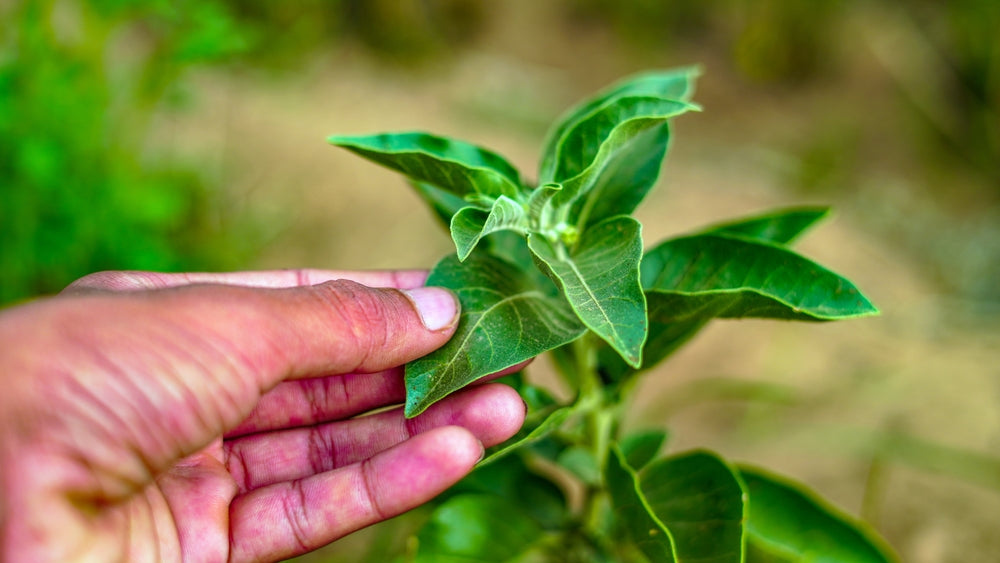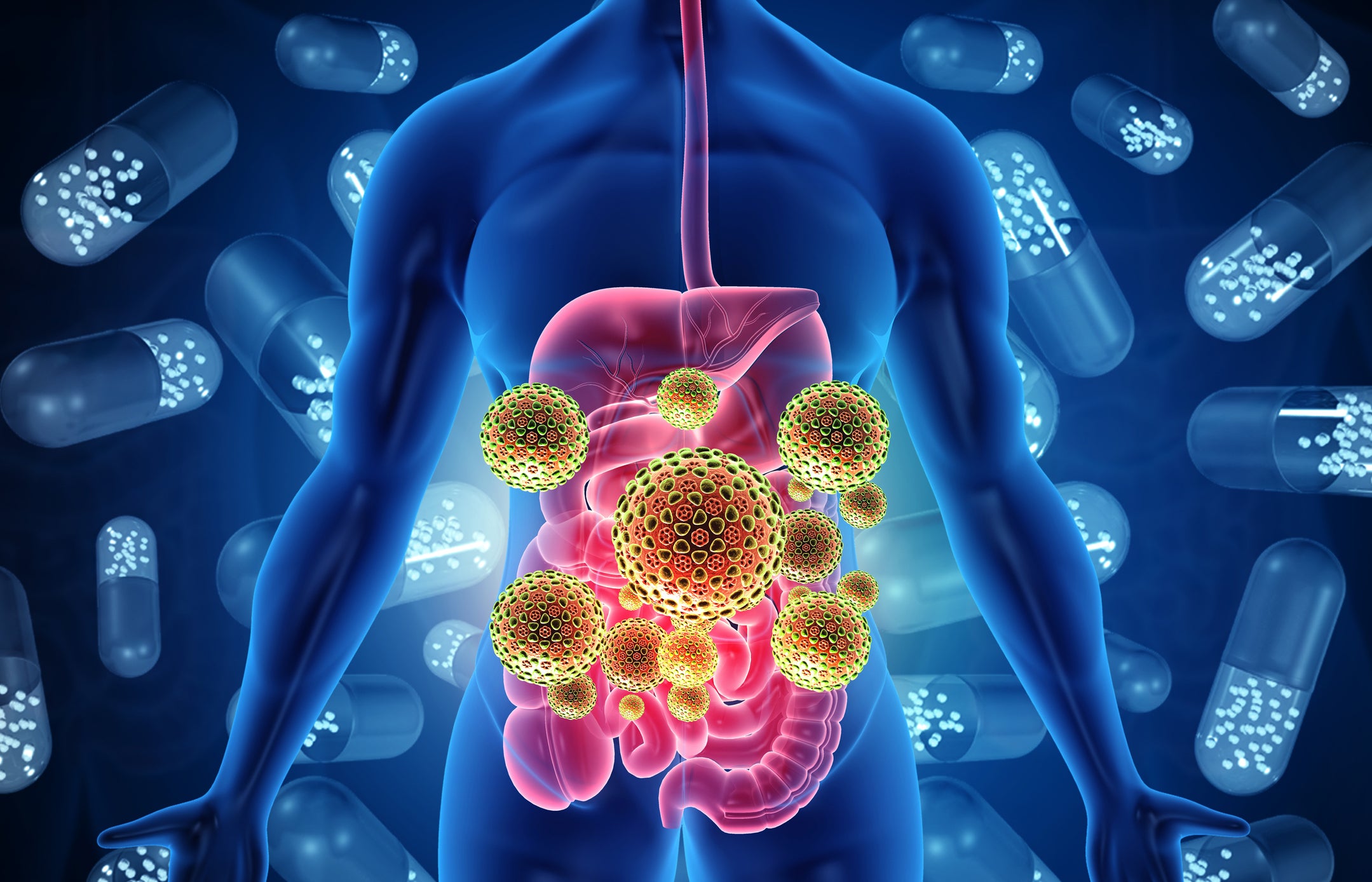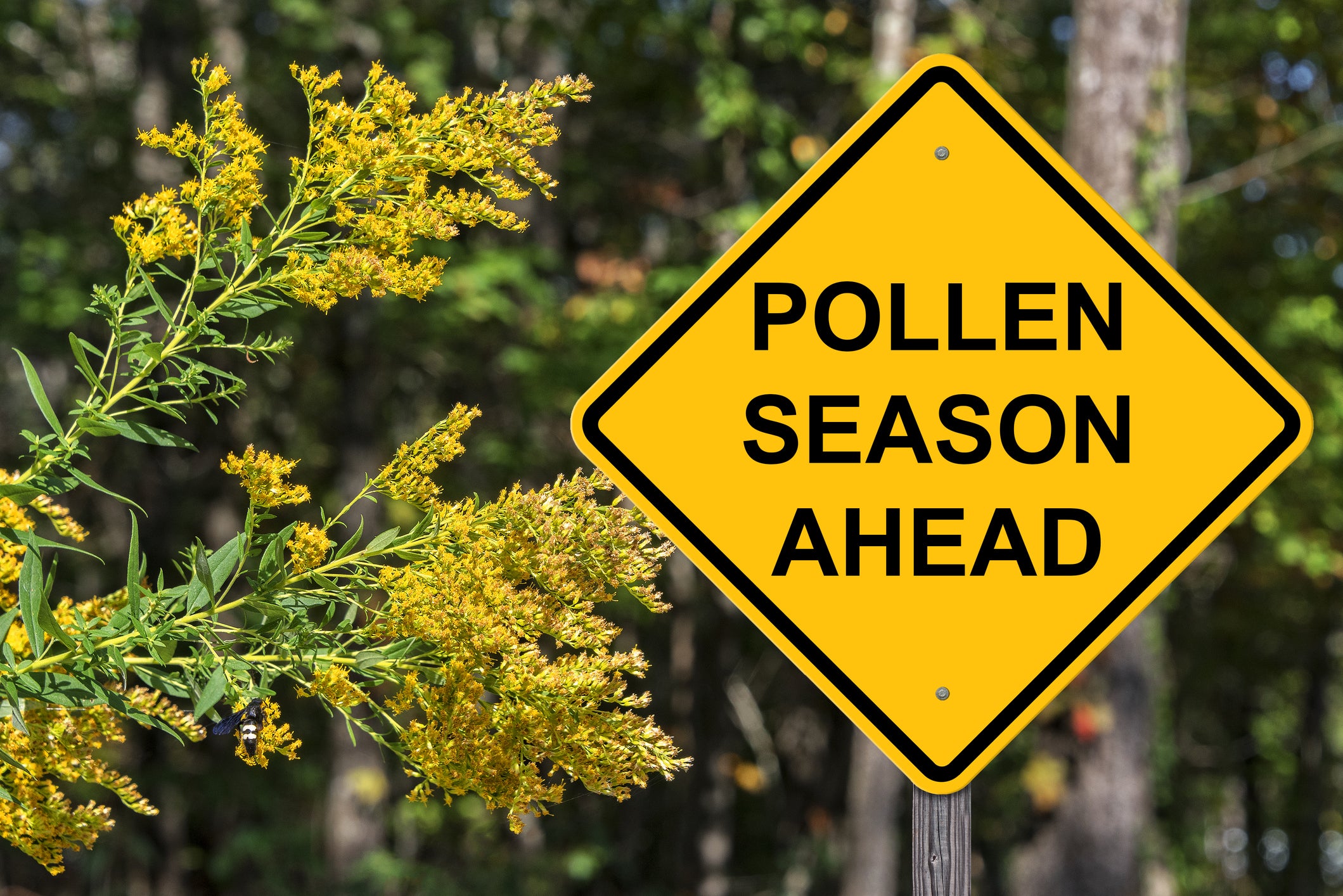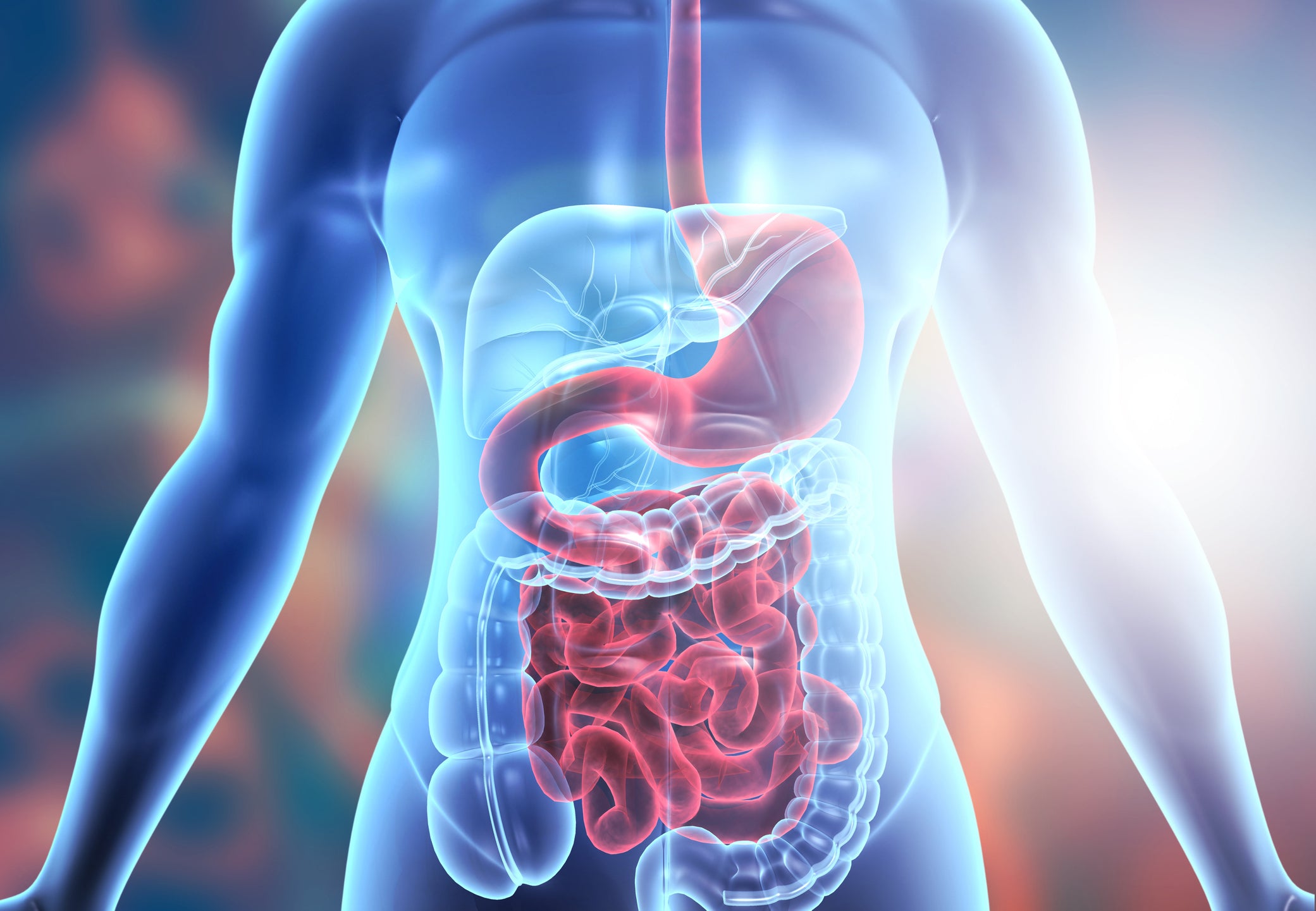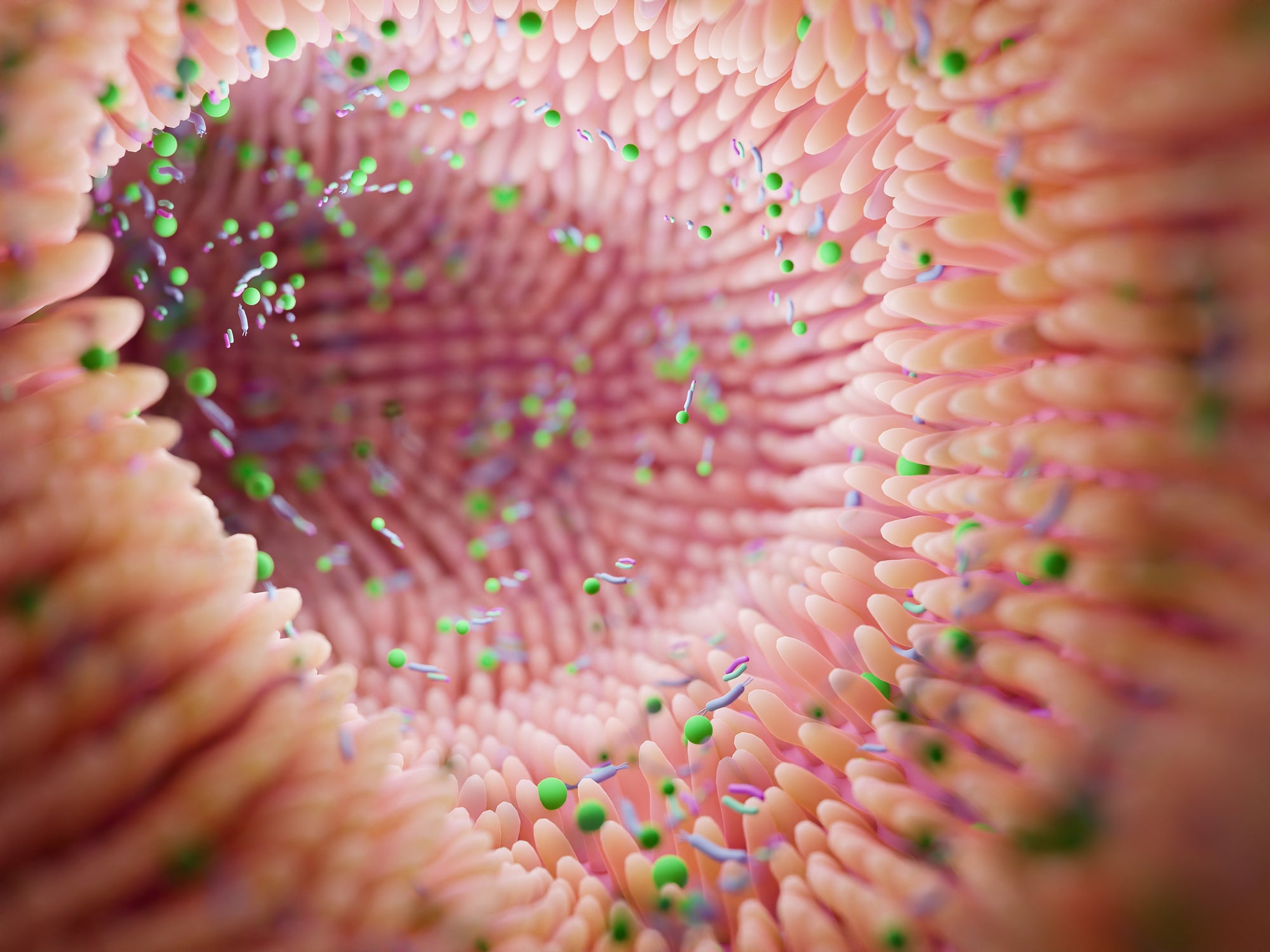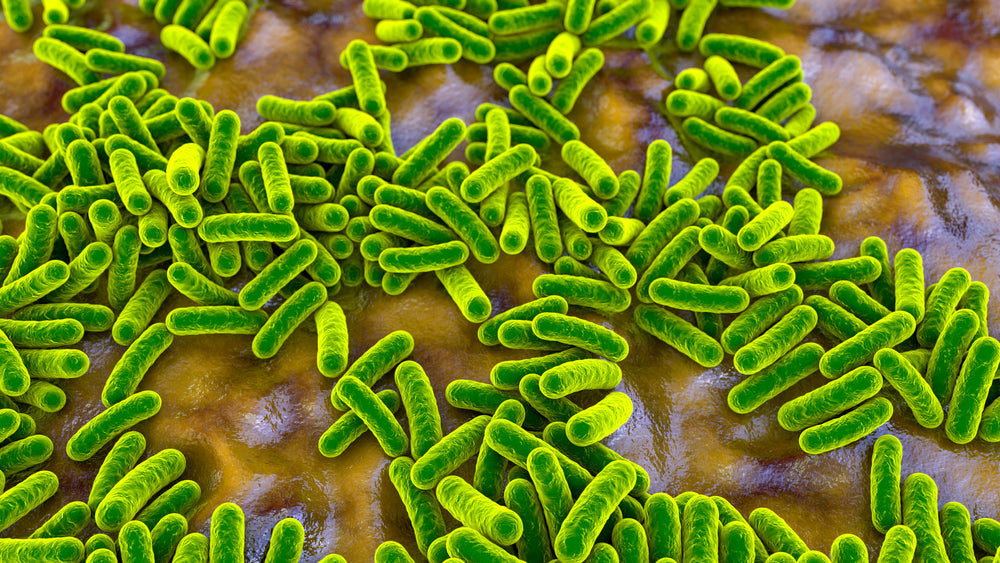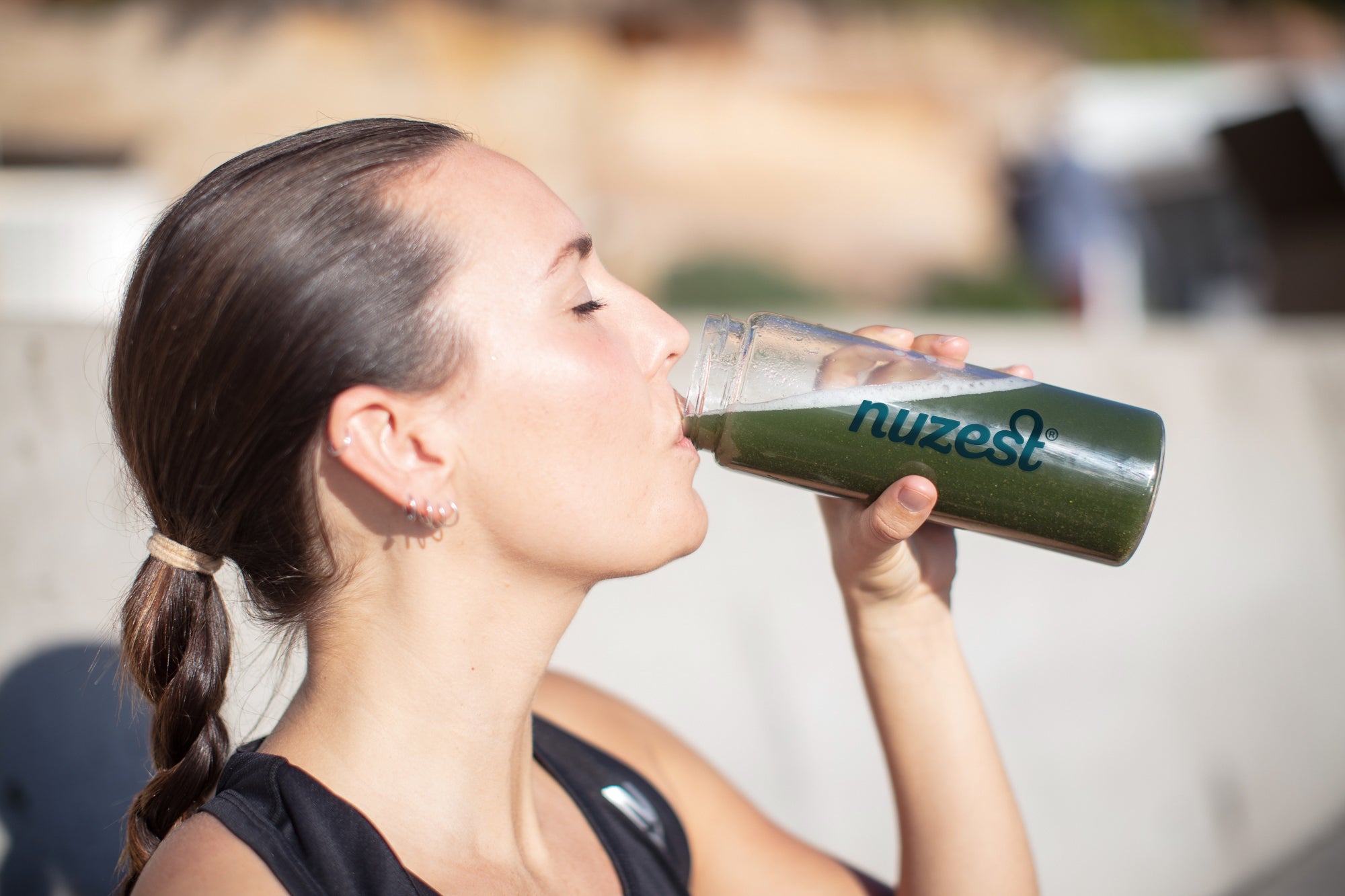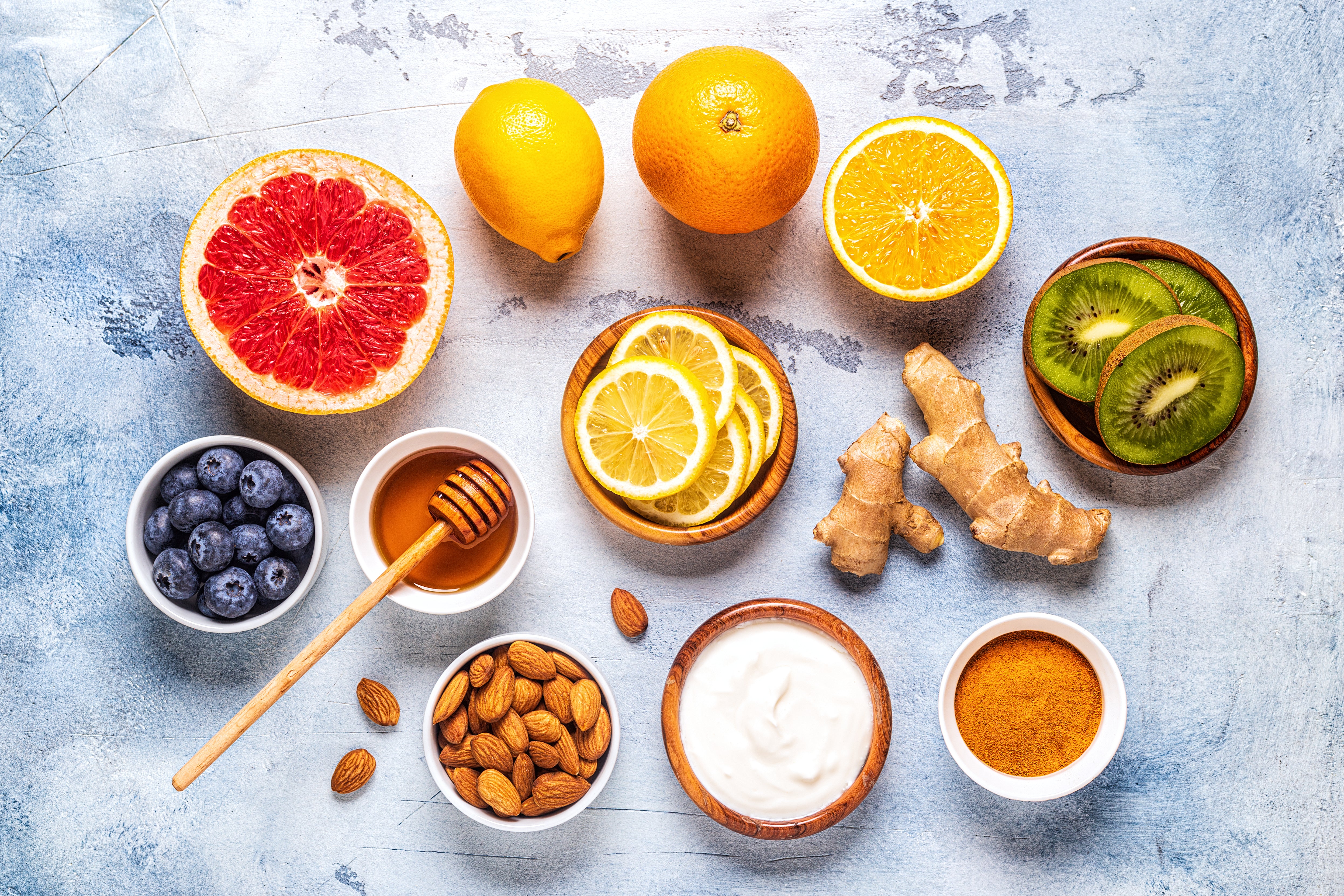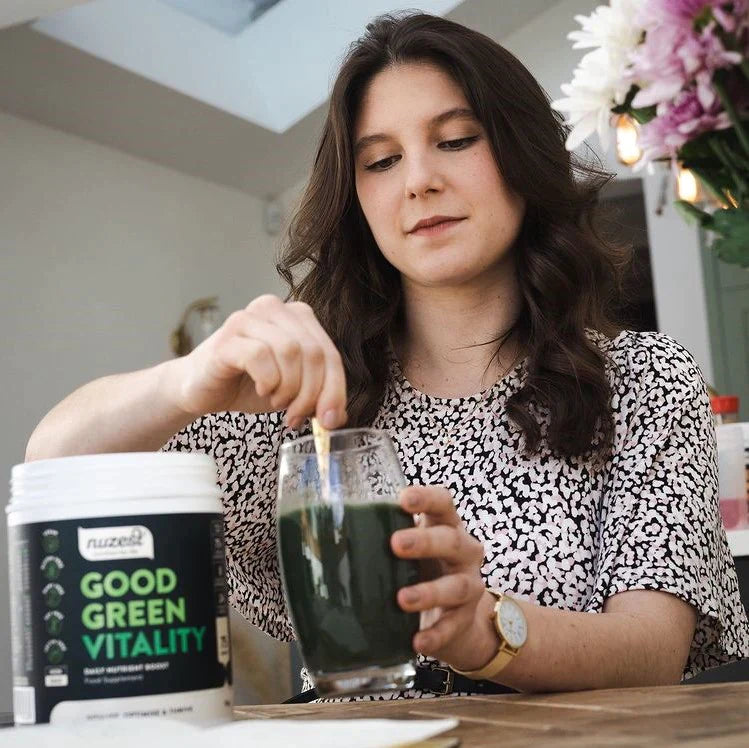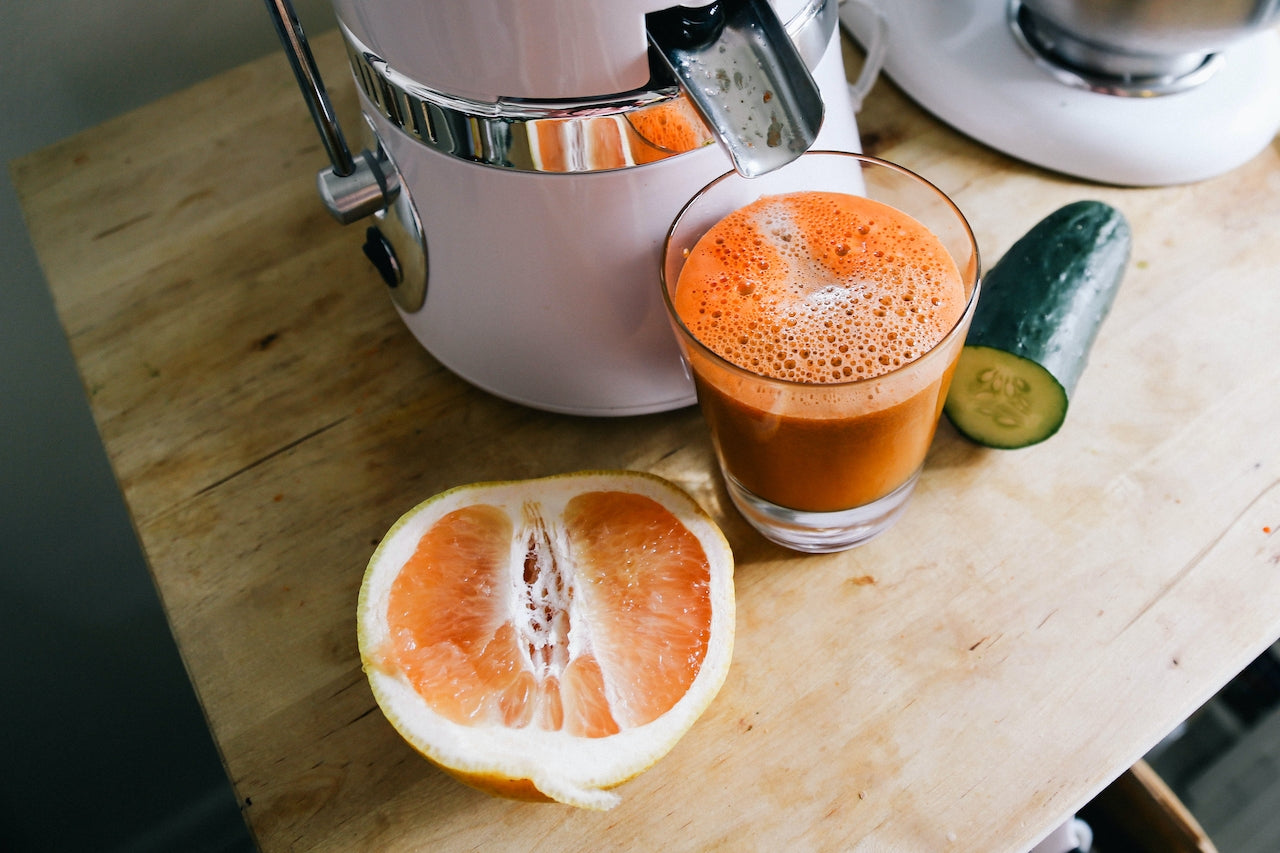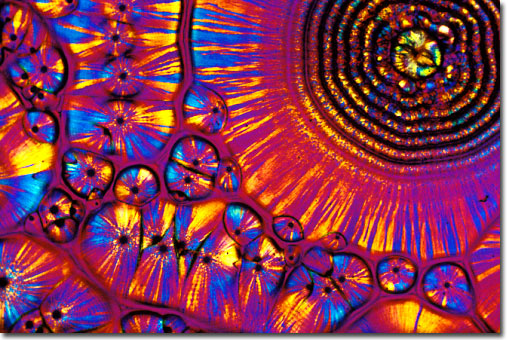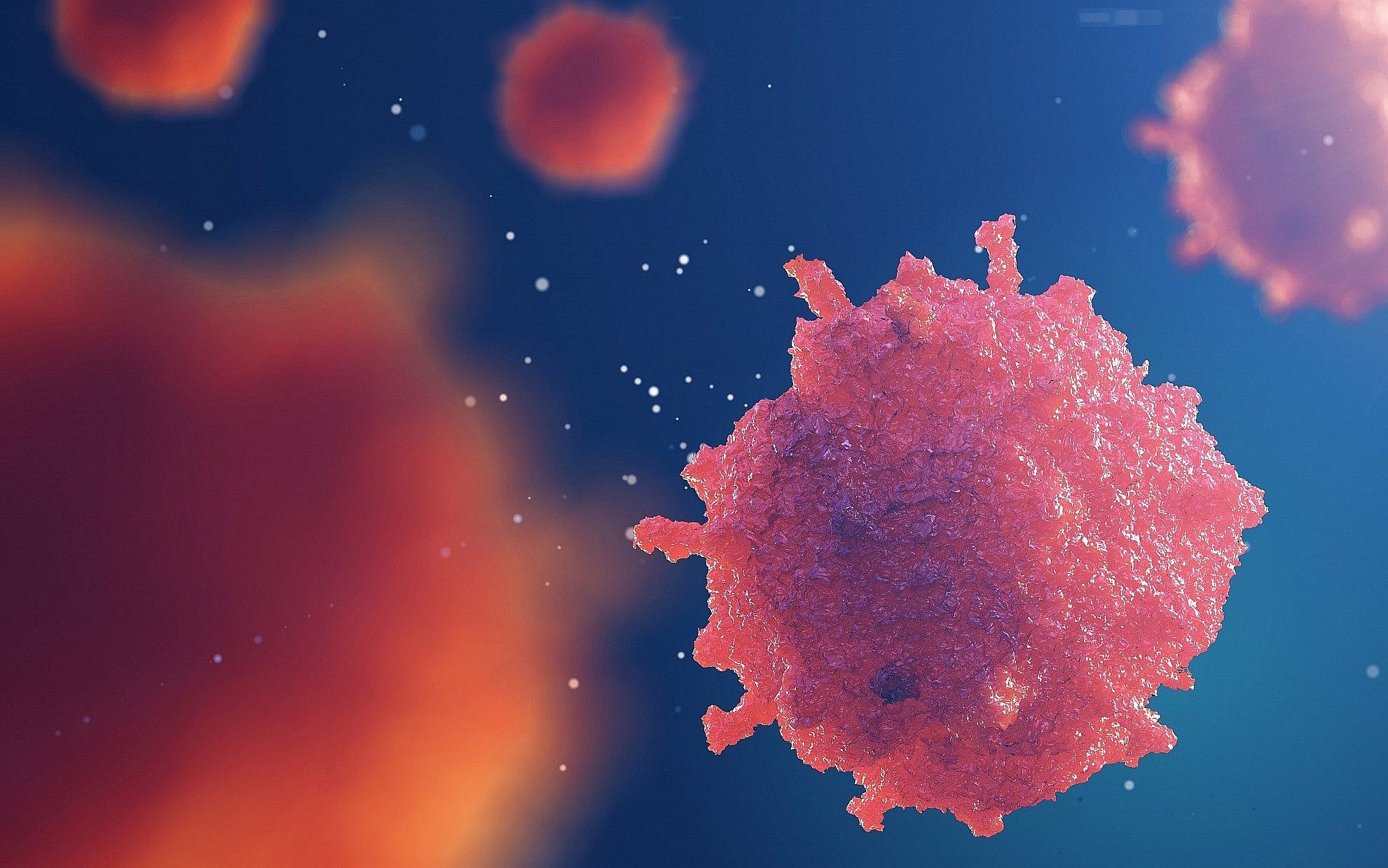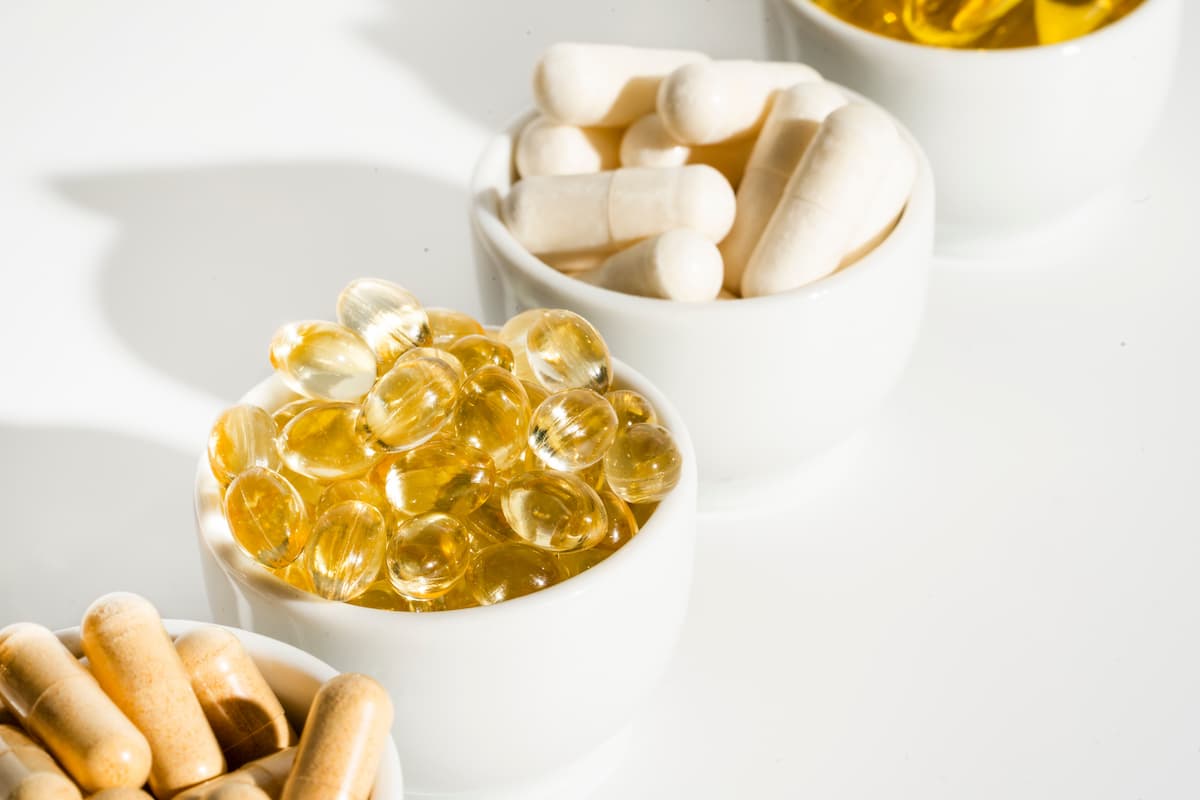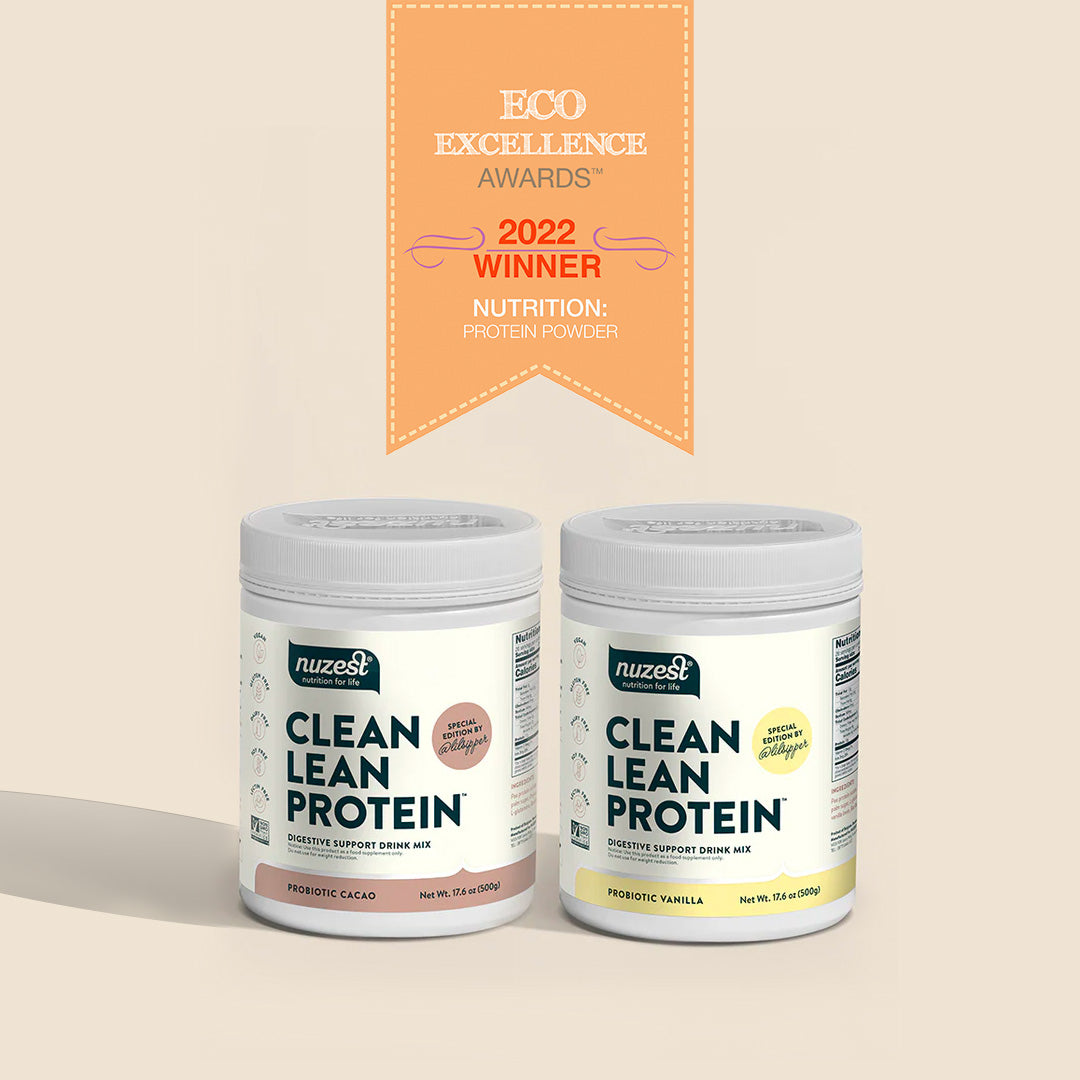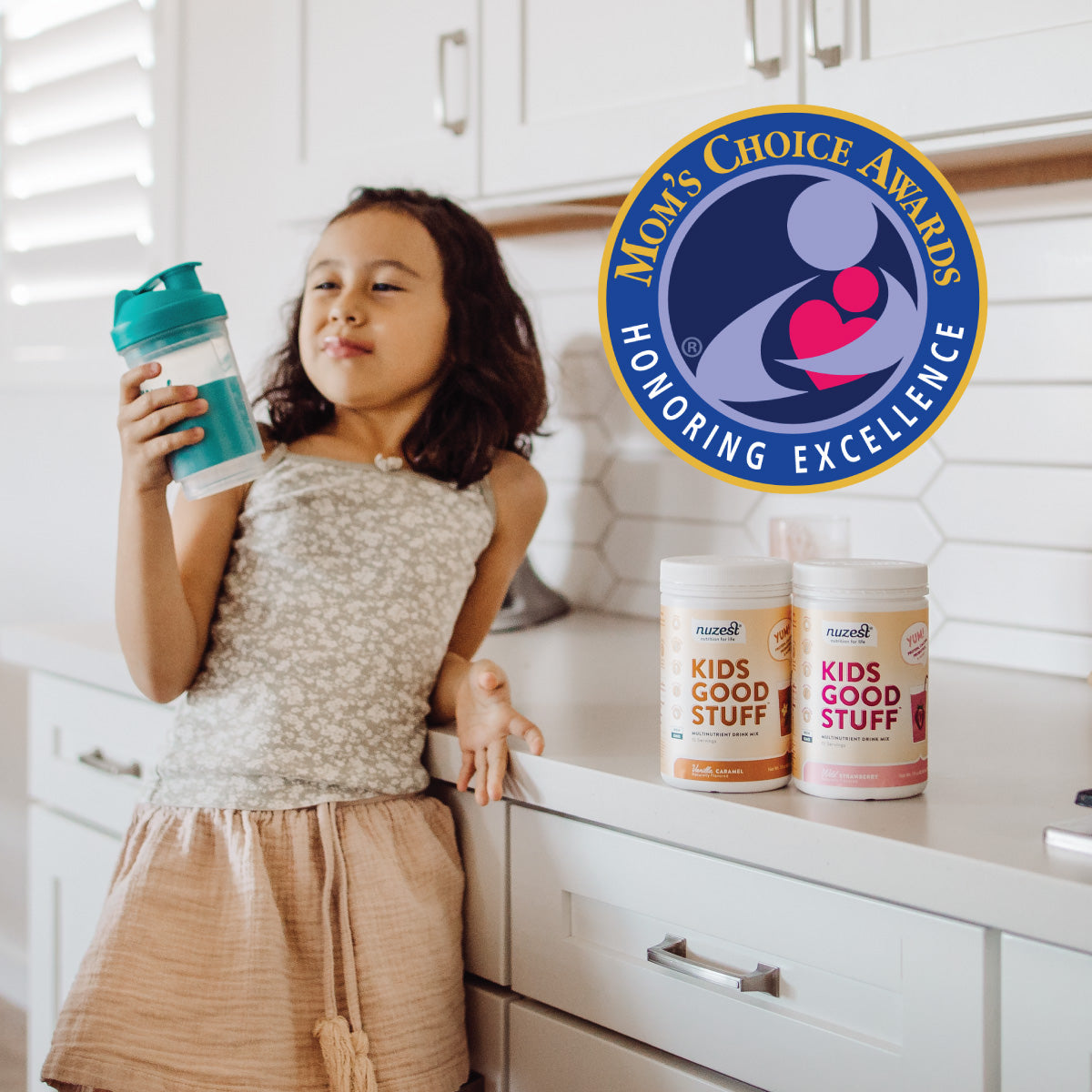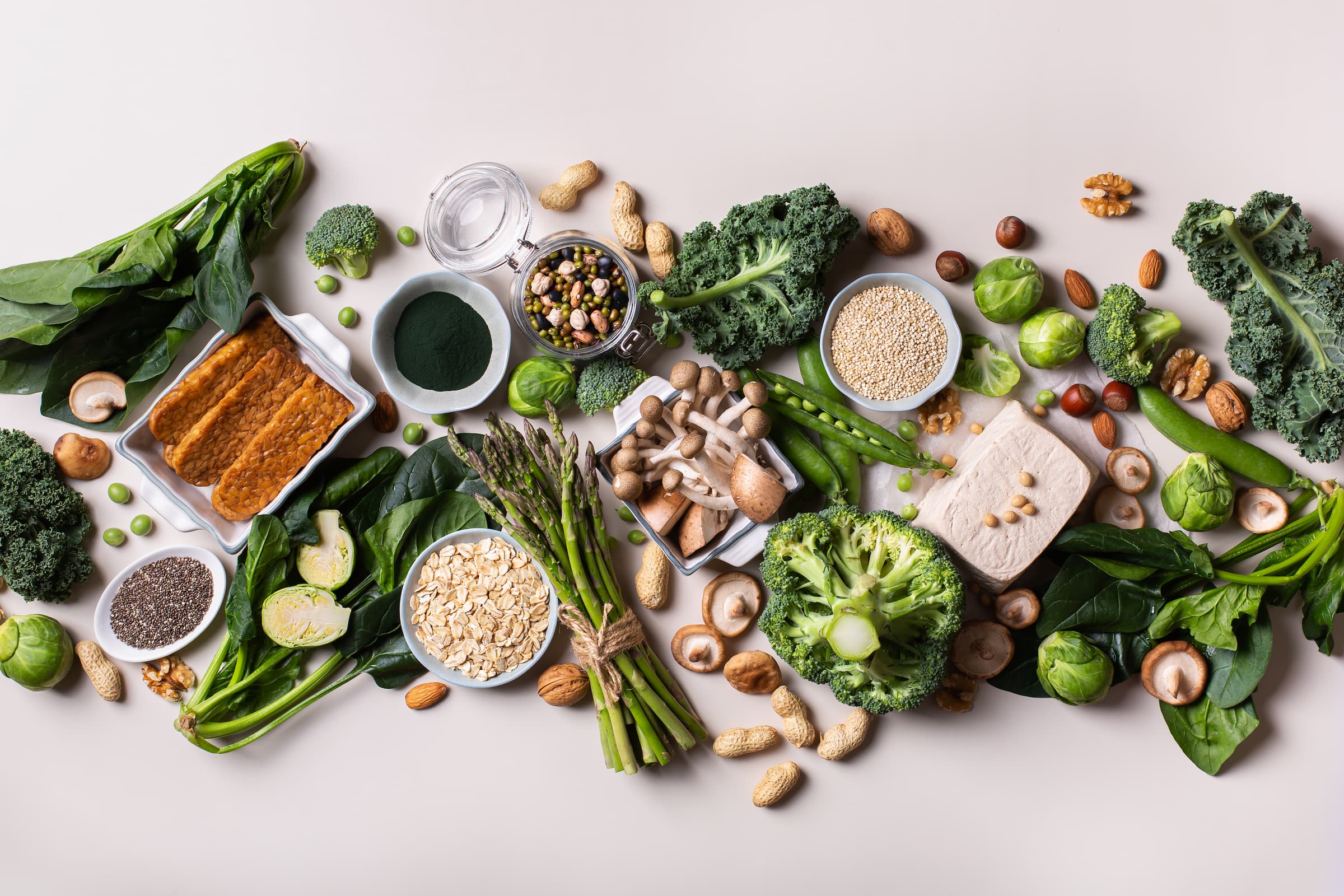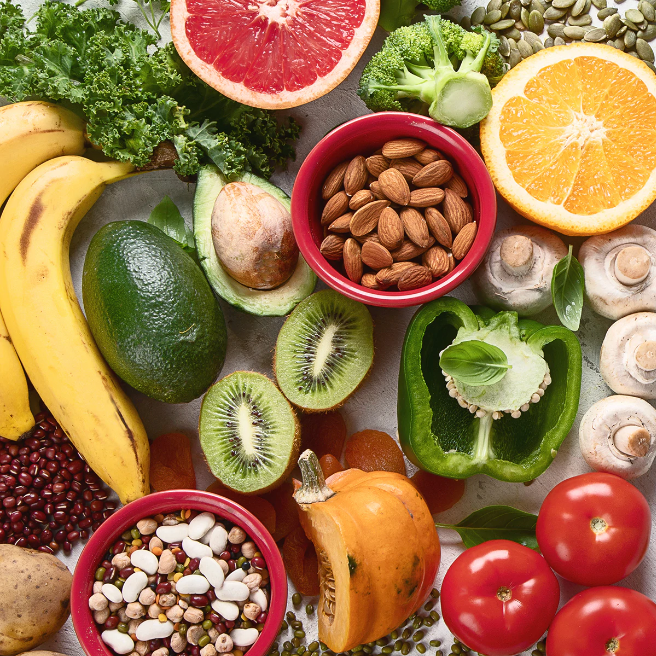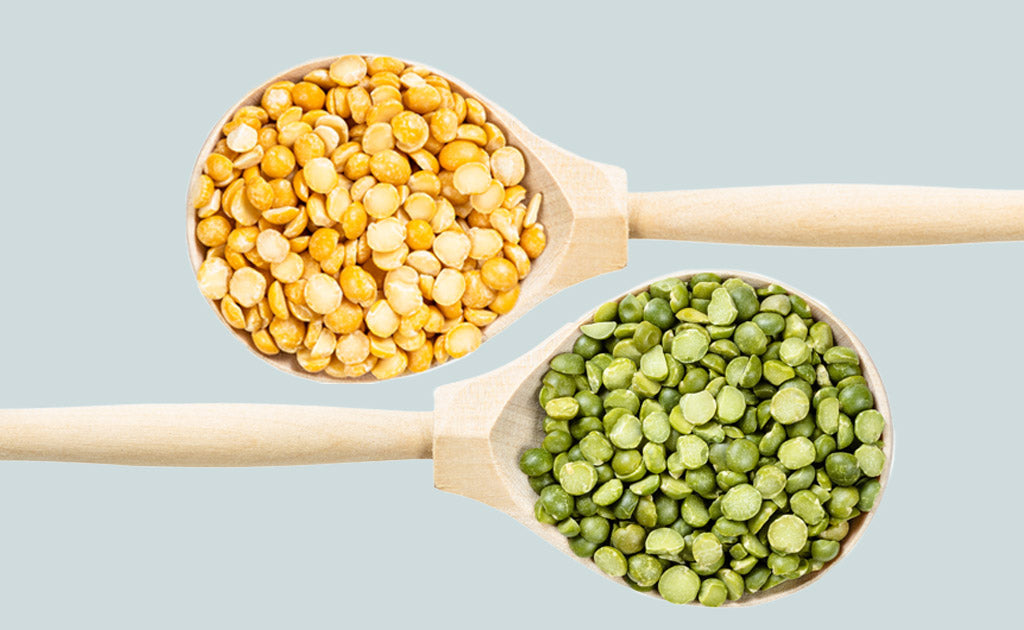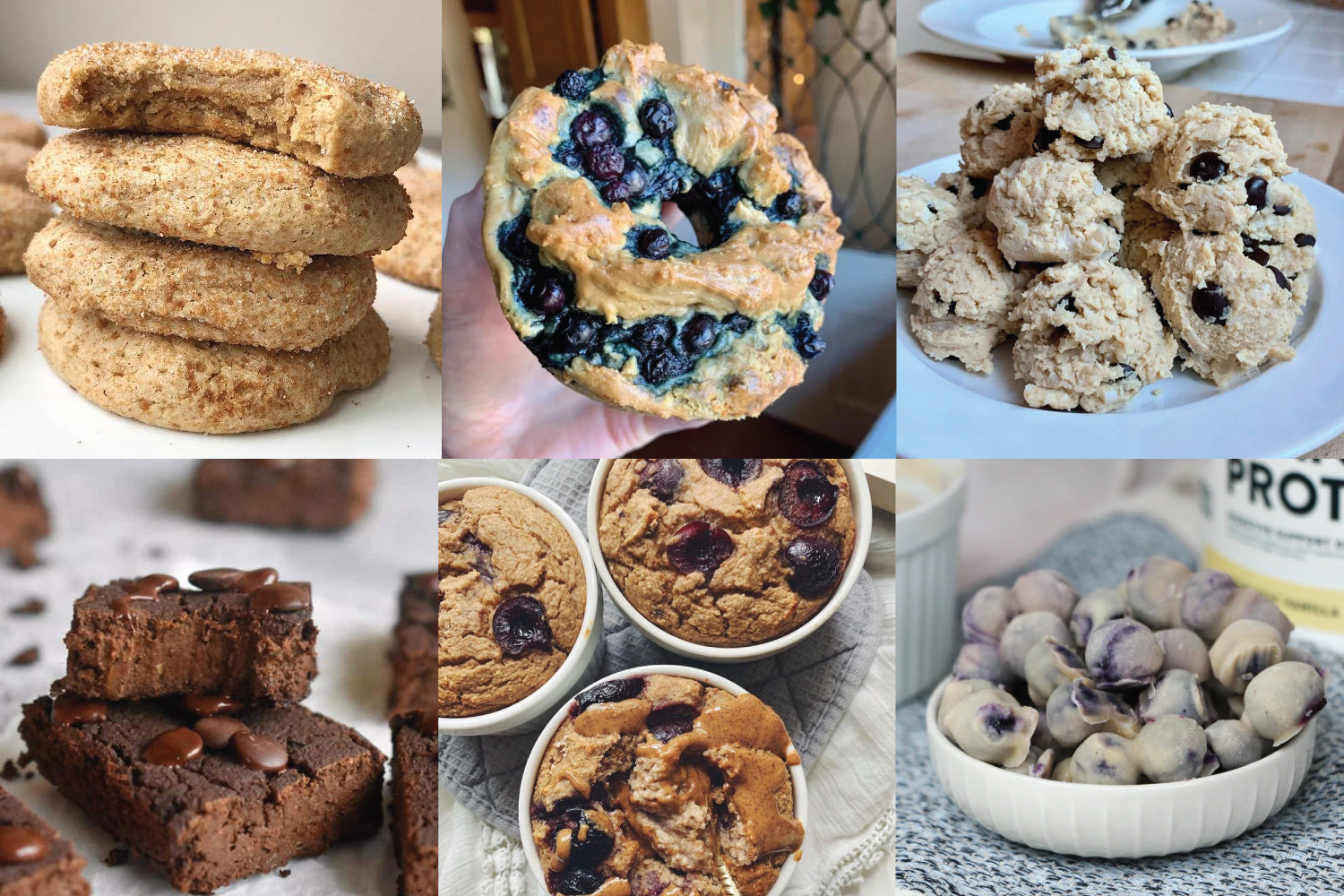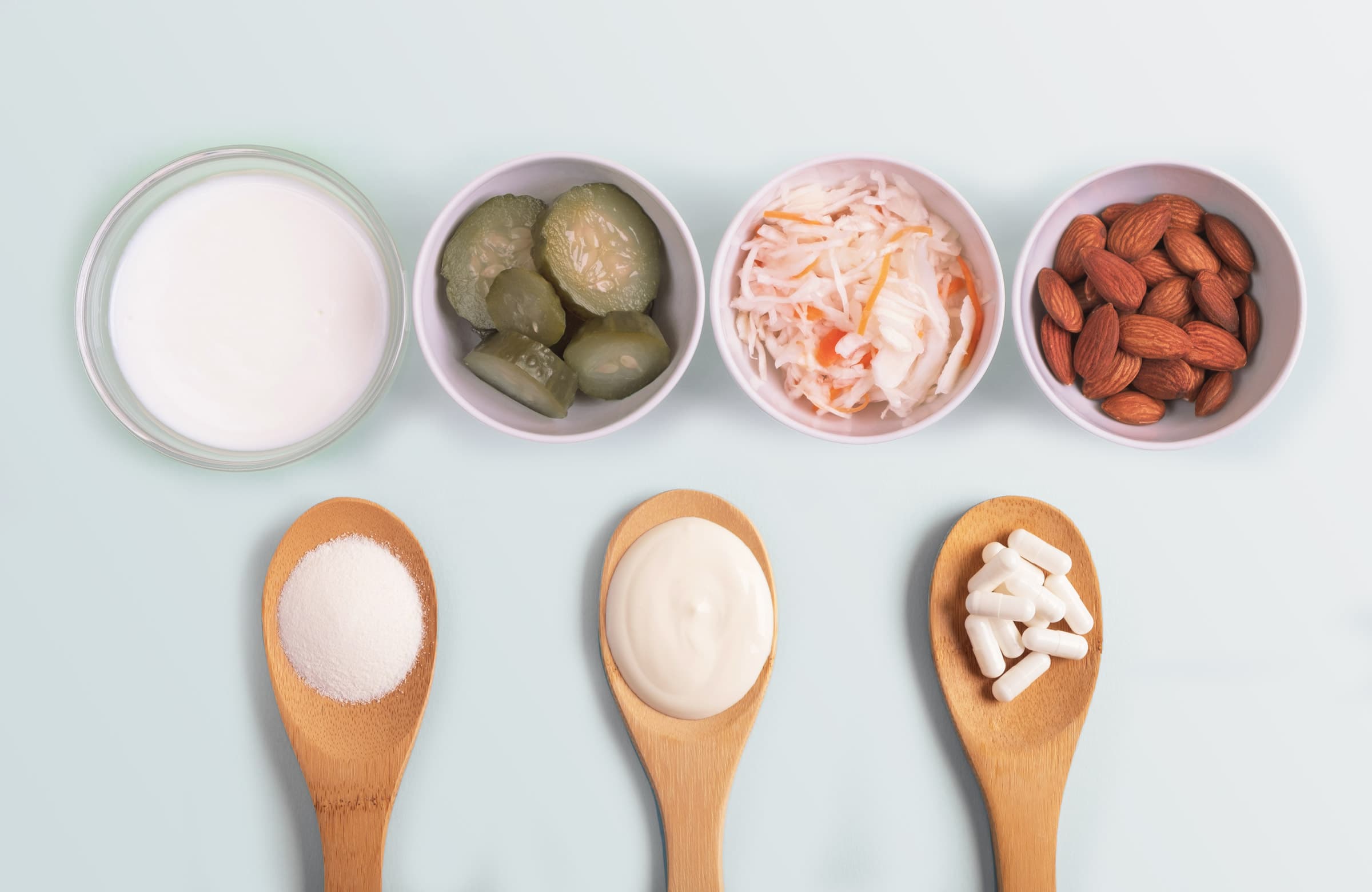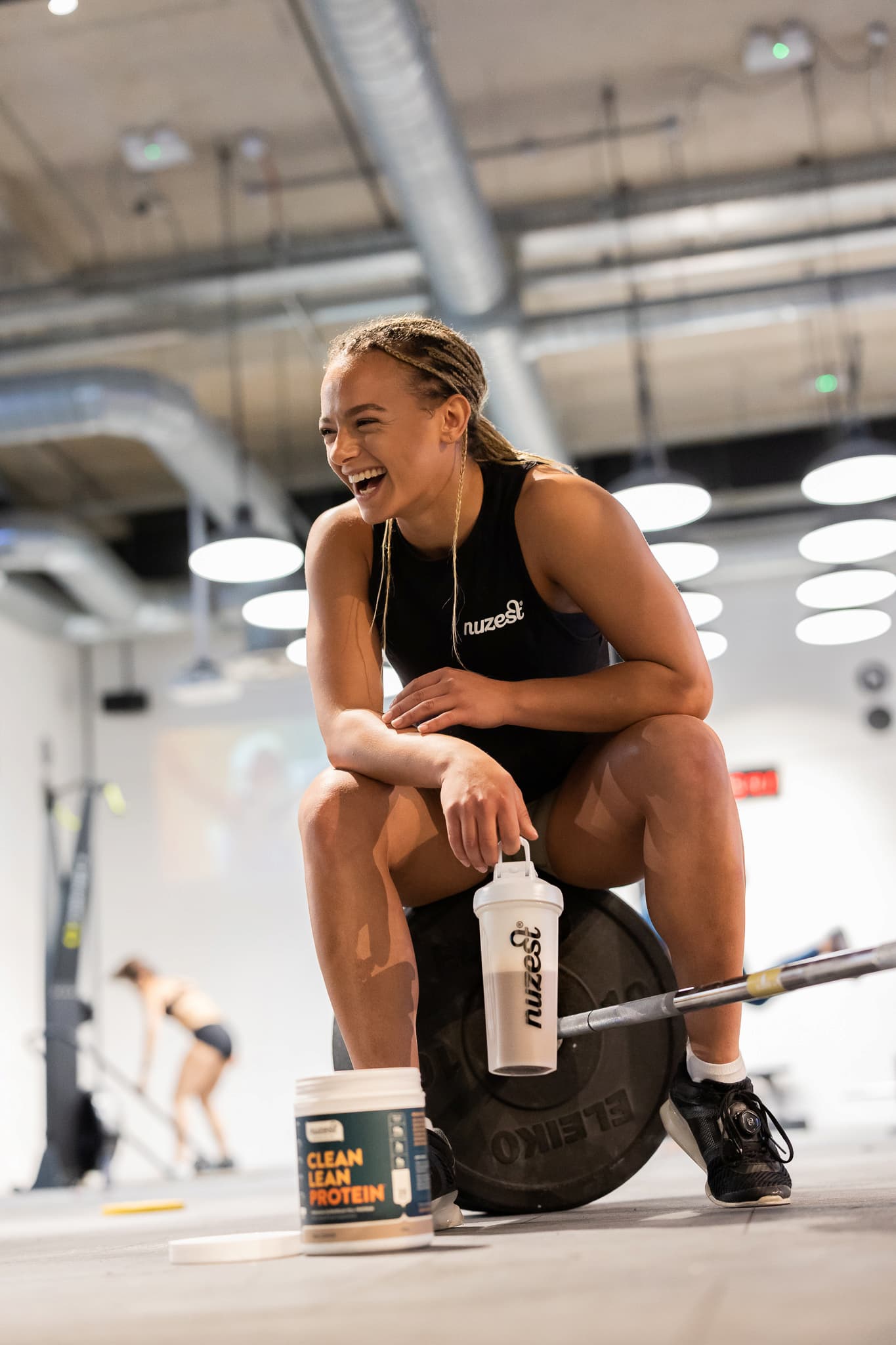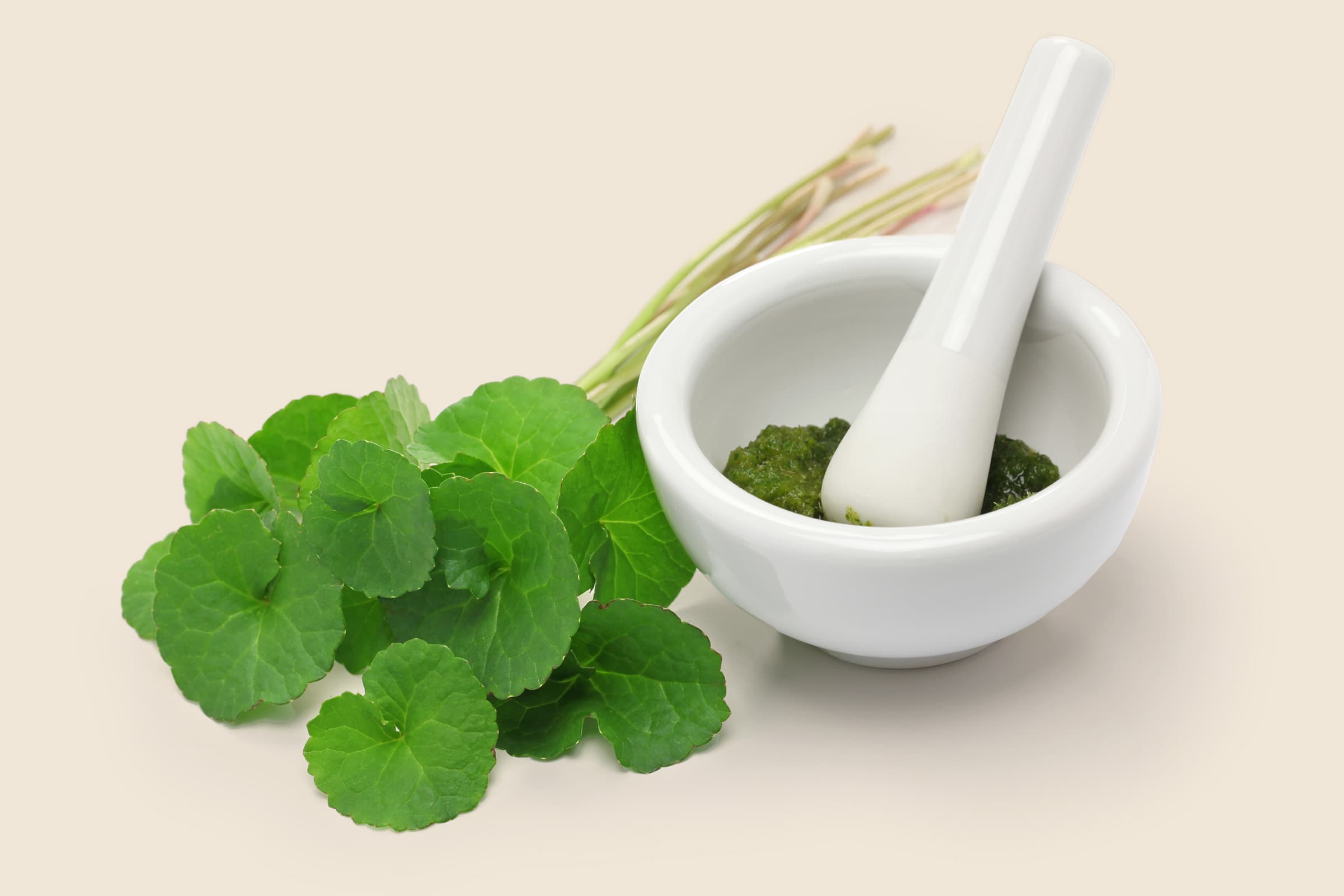Amino acids that make up the proteins in our diet provide the building blocks for the creation and maintenance of all cells and tissue. Of the 20 amino acids that the human body uses to create protein structures, nine need to be provided from the diet, as they can’t be synthesized within the body. Is Clean Lean Protein a complete protein? Is pea protein a complete protein?
What is a Complete Protein?
These nine Essential Amino Acids (EAAs) are: histidine, isoleucine, leucine, lysine, methionine, phenylalanine, threonine, tryptophan, and valine. Two of these: methionine and phenylalanine, are closely correlated with conditionally essential amino acids (cysteine and tyrosine respectively) and are often grouped together with these when discussing functional requirements.
High-quality pea protein isolates contain all essential amino acids, and in greater than or near-equivalent amounts to those recommended by the World Health Organization (WHO) for growth and development of the human body. In a functional sense, the concept of complete proteins may also be flawed as it is not necessary to consume all amino acids required for human metabolism in one sitting.
Clean Lean Protein, a high-quality, premium golden pea protein isolate, is a 100% vegan protein that contains all the essential amino acids.
The WHO compiles evidence from all available scientific sources to determine the necessary amounts of nutrients for health. According to this information, amino acids should be present in the following quantities per gram of protein:

One can see that Clean Lean Protein exceeds all amino acid requirements for the healthy functioning of the human body as defined by the WHO, except for a methionine and cysteine in which it is only fractionally under the recommended amount (by 1 mg in total). This amino acid profile also compares very favorably with the recommended amino acid pattern proposed by the Institute of Medicine of the United States National Institutes of Health* (Dietary Reference Intakes for Energy, Carbohydrate, Fiber, Fat, Fatty Acids, Cholesterol, Protein, and Amino Acids (Macronutrients), 2005). (WHO, 2007)
Just one serving per day of Clean Lean Protein helps to provide around ¾ of someone’s base amino acid requirements for health:
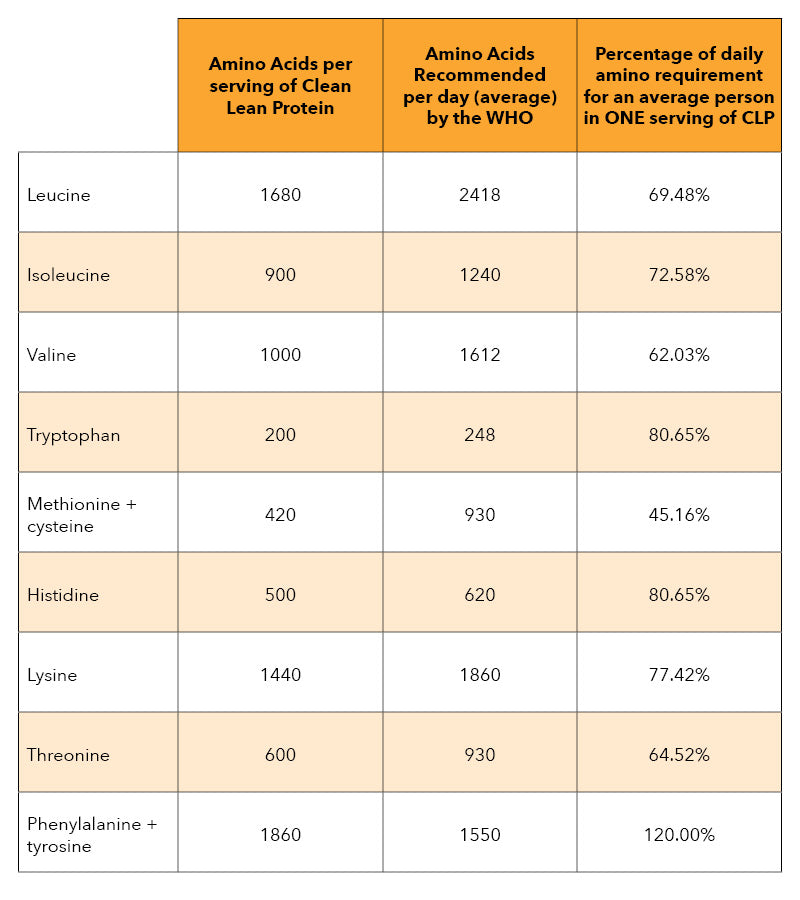
The concept of consuming protein with the recommended ratios of amino acids in every meal has been a concern for vegetarians and vegans in particular. However, it is now considered unnecessary to combine protein types in order to provide all essential amino acids at all meals as a mixed diet (including one based solely on plant foods) can supply all necessary amino acids and encourage optimal protein status (Craig & Mangels, 2009; Young & Pellett, 1994). Other indicators of protein quality (such as allergen potential), absorption and total protein content are probably more important when evaluating protein supplements.
Functional Properties of Pea Protein
Pea protein exhibits gastro-ilial uptake of over 89% (Gausserès et al., 1997) and is therefore an absorbable protein type.
In a functional evaluation of pea protein isolate vs. whey protein, both protein types elicited near the same increases in muscle thickness when compared with placebo (Babault et al., 2015), demonstrating that pea protein is equally beneficial for muscle growth to whey protein and offers a viable alternative to whey for vegans, vegetarians, and for those not tolerant to dairy or other proteins.
Clean Lean Protein provides a complete protein solution for your athletic and general health requirements.* The Institute of Medicine of the National Institutes of Health is an independent, peer-reviewed, non-governmental organisation that provides unbiased information on issues relating to biomedical science, medicine, and health to policy-makers, professionals, and the public.
References
- Babault, N., Païzis, C., Deley, G., Guérin-Deremaux, L., Saniez, M.-H., Lefranc-Millot, C., & Allaert, F. A. (2015). Pea proteins oral supplementation promotes muscle thickness gains during resistance training: a double-blind, randomized, Placebo-controlled clinical trial vs. Whey protein.
- Journal of the International Society of Sports Nutrition, 12 (1), 3. https://jissn.biomedcentral.com/articles/10.1186/s12970-014-0064-5
- Craig, W. J., & Mangels, A. R. (2009). Position of the American Dietetic Association: vegetarian diets. J Am Diet Assoc, 109 (7), 1266-1282. https://www.ncbi.nlm.nih.gov/pubmed/19562864.
- Dietary Reference Intakes for Energy, Carbohydrate, Fiber, Fat, Fatty Acids, Cholesterol, Protein, and Amino Acids (Macronutrients). (2005). The National Academies Press. https://www.nap.edu/catalog/10490/dietary-reference-intakes-for-energy-carbohydrate-fiber-fat-fatty-acids-cholesterol-protein-and-amino-acids.
- Gausserès, N., Mahe, S., Benamouzig, R., Luengo, C., Ferriere, F., Rautureau, J., & Tome, D. (1997). [15N]-labeled pea flour protein nitrogen exhibits good ileal digestibility and postprandial retention in humans.
- The Journal of Nutrition, 127 (6), 1160-1165. https://www.ncbi.nlm.nih.gov/pubmed/9187631.
- WHO. (2007). Protein and Amino Acid Requirements in Human Nutrition. Geneva, Switzerland: World Health Organisation. http://www.who.int/nutrition/publications/nutrientrequirements/WHO_TRS_935/en/.
- Young, V. R., & Pellett, P. L. (1994). Plant proteins in relation to human protein and amino acid nutrition. The American journal of clinical nutrition, 59 (5), 1203S-1212S. https://www.ncbi.nlm.nih.gov/pubmed/8172124.


